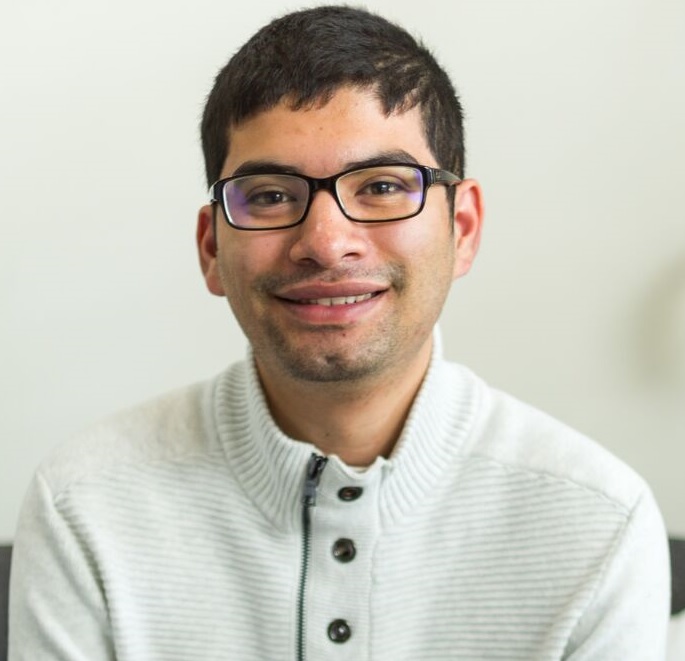For the free clinics in the US that look after a population nearly invisible to the healthcare system, covid-19 has presented some tough decisions. Jason Gomez describes what it has meant for the clinic he volunteers at
 Across the world, the novel coronavirus outbreak is testing governments’ and hospitals’ preparedness for pandemics. Despite the burden of a pandemic disproportionately affecting patients who are uninsured, impoverished, undocumented, or otherwise subject to health inequities, little (if any) coverage in the US has been directed at free clinics, their volunteers, and the estimated 1.8 million patients who use them annually.
Across the world, the novel coronavirus outbreak is testing governments’ and hospitals’ preparedness for pandemics. Despite the burden of a pandemic disproportionately affecting patients who are uninsured, impoverished, undocumented, or otherwise subject to health inequities, little (if any) coverage in the US has been directed at free clinics, their volunteers, and the estimated 1.8 million patients who use them annually.
Our student-run free clinic in San Jose, California serves around 500 individual patients every year. Following a transitional care model, our clinic introduces patients to county programmes and primary care physicians after their follow-up appointments with us. As the medical services manager, I have witnessed how the patients we serve have changed over time, becoming a population nearly invisible to the healthcare system.
After the implementation of Obamacare, 41% of our patients self-identified as international visitors. These individuals, typically parents of children living in the Bay Area, are ineligible for insurance and county programmes. While safety-net hospitals in the US have a fiduciary duty to serve these patients, the crushing weight of medical debt remains a barrier to care. More often than not, our clinic can address any immediate health concerns, such as prescription refills. But in the extreme cases where our team uncovers something more insidious, like cancer, we recommend that international visitors seek treatment in their native country. However, when China publicly announced the covid-19 outbreak, this was no longer an option.
One patient we cared for had been visiting from China months before the coronavirus announcement. Her adult children accompanied her to our clinic days after China confirmed its identification of the new, potentially deadly strain. They held her hands and translated the encounter, explaining why she could not return home, how she found herself unexpectedly stuck in a foreign country with no access to her usual medications. She was not the only international visitor forced to extend her stay abroad. With nowhere else to turn, these patients continued seeking care at our clinic.
When the virus first appeared in China, we implemented protocols to protect our patients and volunteers that closely followed those of local clinics caring for insured patients. Our front desk volunteers were militant in triaging. Those with signs of respiratory infections were masked immediately. At check-in, all patients were screened for travel history to China. We had a plan in place to isolate patients who screened positive in Clinic Room 0, interview them by phone, and call the local emergency departments.
When Santa Clara County confirmed it had identified its first community transmission of the novel coronavirus, we realised our free clinic was not equipped to handle what was then an epidemic. We did not have the resources to test for covid-19. We only had enough N-95 masks for our medical students. Not only could we expose our patients to covid-19 in the waiting room, but we could also expose our undergraduate volunteers, who had not been fitted for masks and could potentially become vectors at the university. But if we ceased clinic operations, we would pull the safety net from patients who are otherwise invisible to the healthcare system, abandoning them to find the means to manage their health on their own.
In line with other medical schools that implemented policies to protect their students and faculty, the decision was made to suspend our free clinic operations. Part of me felt relieved. All of me felt guilty for the disruption this would cause to our patients and for the distrust and disillusionment it would breed in an already inequitable healthcare system. So, rather than dwell on what we could no longer do for our patients, I devoted my time to what we could do for them at their most vulnerable: prescription refills over the phone for patients who we had seen in clinic; referrals to other providers or free clinics in the area; and, most importantly, honest communication about the reasons for our closure and reassurance that we are still here for them.
With more than 1000 free clinics in the US, our clinic is not alone in dealing with these challenges. Medical trainees will continue to be students at academic hospitals where patients with active coronavirus infections are being treated. International visitors will continue being stranded in a foreign country with insurmountable barriers to care. And free clinics, especially those not being run by students, will continue to operate and serve these patient populations, among others.
Covid-19 is not simply testing the preparedness of hospitals or governments; it is pushing the boundaries of our entire healthcare system, and it certainly will not be the last pandemic to do so. Medical students, patients, free clinics—we must all be prepared for the sake of our most vulnerable.
Jason Gomez is a medical student at Stanford School of Medicine, California, USA.
Competing interests: None to declare.
